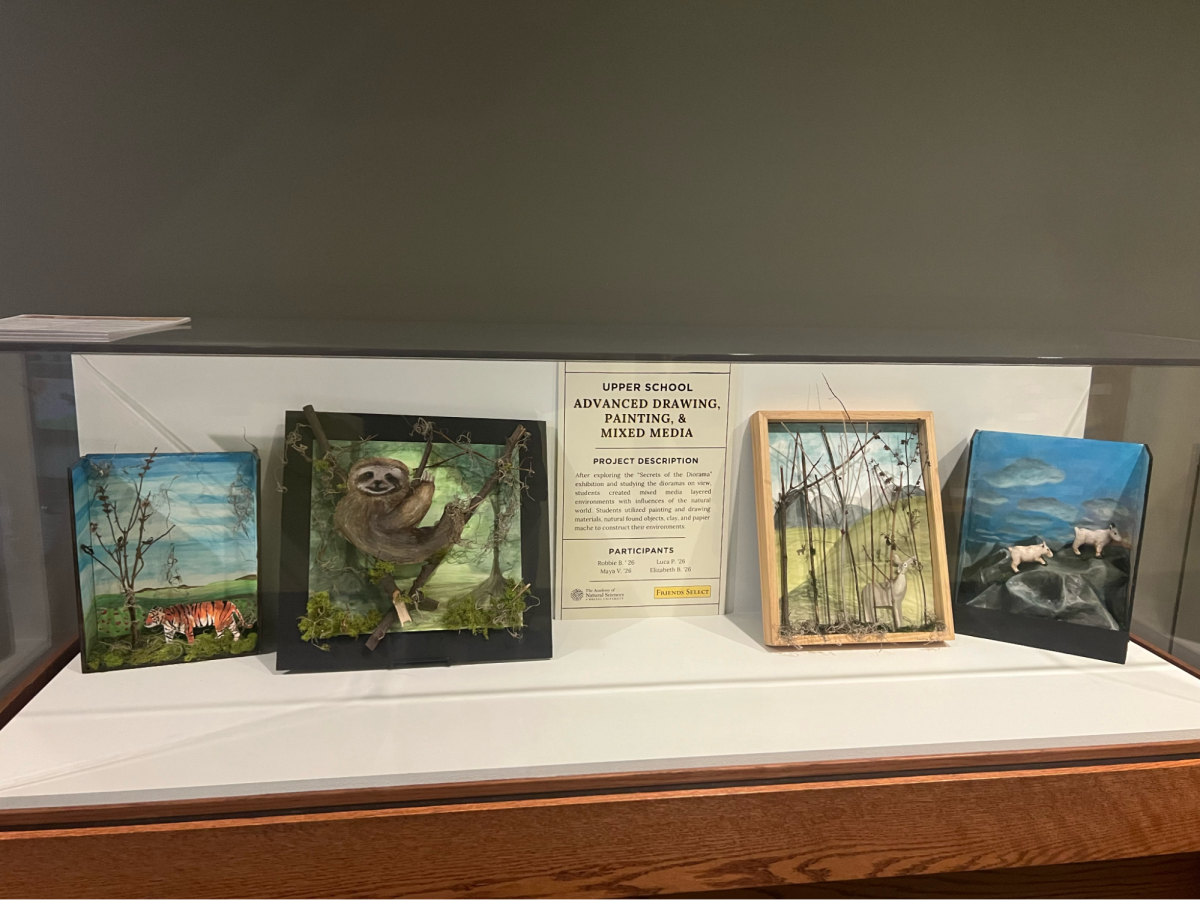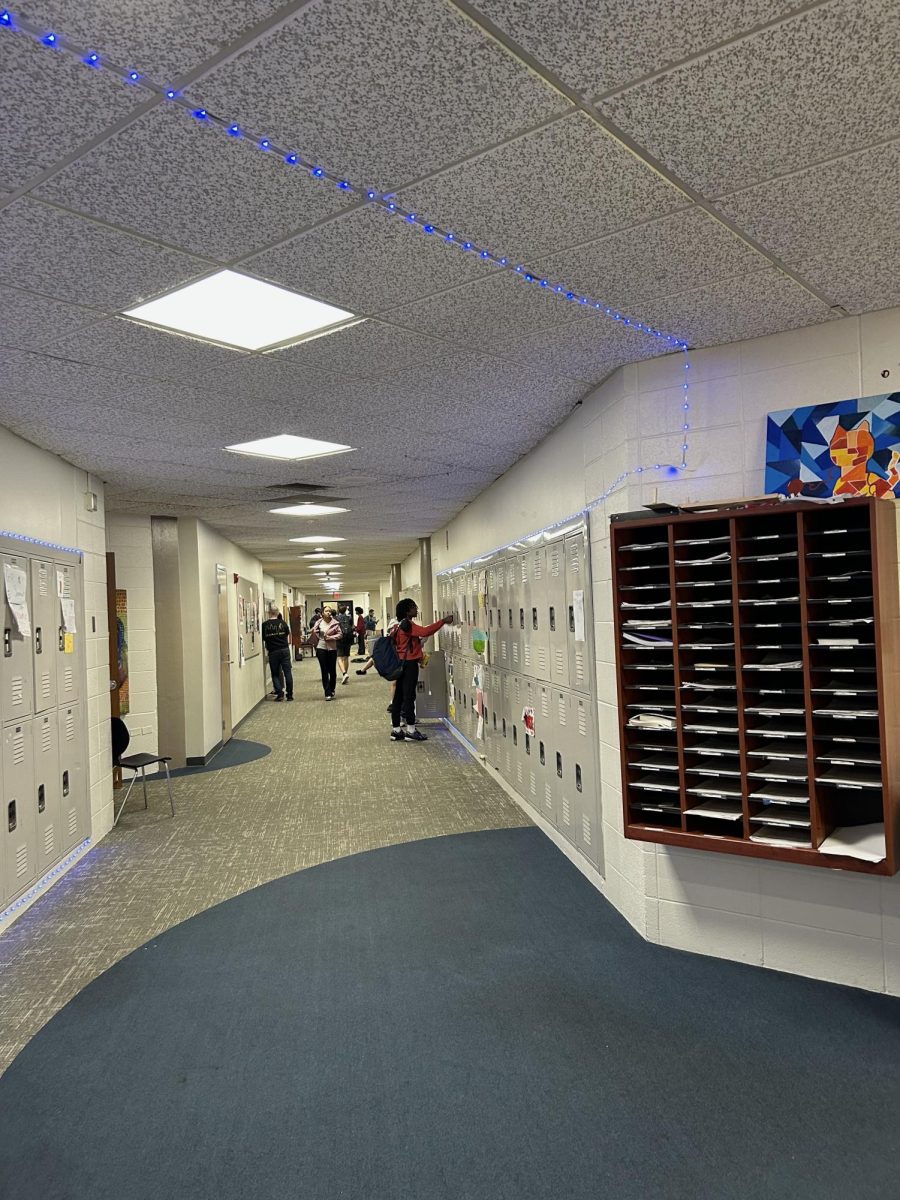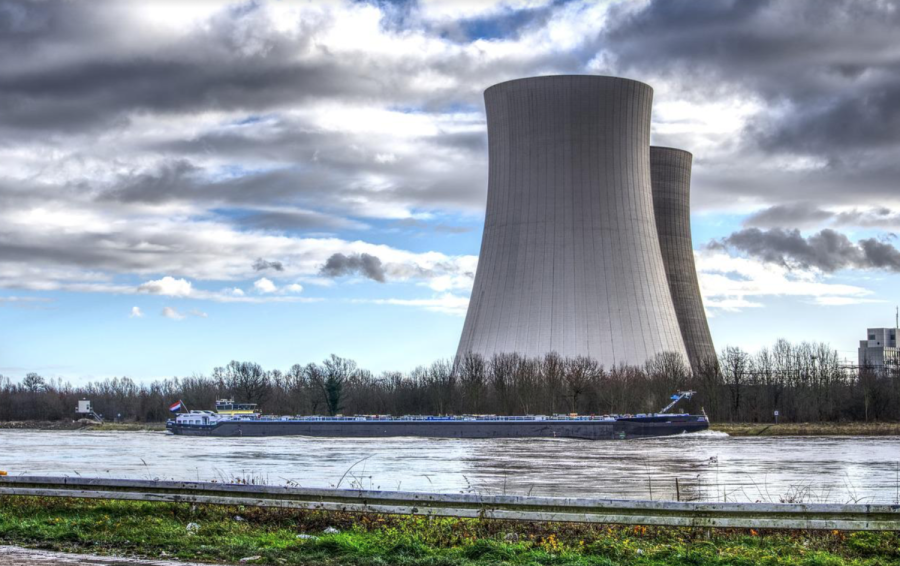The Case for Nuclear Power
In a world trying to transition away from fossil fuel based power to avoid impending environmental disaster, nuclear power has the potential to be a carbon-free and safe alternative that can provide clean, consistent energy production.
The History of Nuclear Energy
Nuclear fission, the process that powers nuclear weapons and reactors alike, was discovered by Otto Hahn in December of 1938 when he bombarded a uranium atom with neutrons. After the experiment, he and his lab partner Fritz Strassmann found isotopes of lighter elements like barium. They were both confused by this, as the scientific consensus at the time was that bombarding a heavy element like uranium with neutrons would create an even heavier element as the neutrons were absorbed into the nucleus. After hearing about the results of this experiment, Lise Meitner, a physicist colleague of Otto Hahn, went on to explain the physics behind their experiment and realized that this reaction her colleagues had discovered actually produces energy.
Like most wars, WWII caused rapid technological development across many sectors. As nuclear science was just beginning to be understood, its warfare applications were extensively researched by scientists around the world. After calculations showed that nuclear bombs were theoretically possible to make and utilize, the United States established the Manhattan project (the worlds first successful nuclear weapons program) in August of 1942. Just 3 short years later, the world’s first nuclear weapon was detonated at the Trinity Test Site in New México. The next two bombs that were detonated were the ones dropped on Hiroshima and Nagasaki, killing over 130,000 Japanese civilians, ushering in the end of WWII, and the initiating of the Cold War.
How Nuclear Energy Works
Despite being invisible to the naked eye, individual uranium atoms contain an incredible amount of potential energy relative to their size. Firing a neutron at a uranium atom causes it to split into lighter elements. This process releases electromagnetic energy as heat and kinetic energy in the form of more neutrons that are ejected from the atom. Thanks to the discoveries and research of scientists around the world, we understand how to release and harness this incredible energy. When a uranium atom is struck with a neutron, its neutrons are ejected from its nucleus and collide with other uranium atoms, causing a chain reaction. In modern nuclear fission reactors, fuel rods containing small amounts of uranium are bundled together and submerged in water to cool and moderate fission reactions by slowing down the released neutrons. In some nuclear power plants in the US, this water is used to produce energy by being heated into steam that pushes turbines. This motion generates mechanical energy which is then transformed into electricity.
Control rods, complicated devices used to absorb neutrons, are also inserted as they allow plant operators to finely control the rate at which reactions occur and stop the reaction completely in case of emergencies. Because of the many safety mechanisms built into modern nuclear power plants, they are one of the safest methods for large-scale power production. Since their inception, there have only been three major accidents at nuclear plants worldwide. As they do not release air quality damaging pollutants, nuclear power plants are actually responsible for far fewer deaths than conventional means of energy production like fossil fuels.
Pros and Cons of Nuclear Power
Yet another benefit of nuclear power is the consistent but variable output of modern reactors. Because nuclear reactors are not reliant on environmental factors that change over the course of a day like other fossil fuel alternatives are (e.g. solar and wind power), they are a perfect base for a “green” electrical grid – you will always know how much energy is going to be produced in a given period of time. Nuclear power is currently the largest source of clean energy in the United States, providing more than half of the carbon-free electricity generated in the US.
This is not to say that nuclear power has no detriments associated with it. There is currently no system or facility for the permanent disposal of nuclear waste in the US. There are plans for one, but unfortunately, there is no funding due to myriad political reasons. However, other countries like France are able to reprocess and recycle their spent nuclear fuel to be reused in reactors. Currently, nuclear waste in the U.S is safely stored within the plant that produced it. Due to the extremely high energy density of uranium, there is a relatively small amount of nuclear waste in the world as reactors do not use large quantities of the element.
Because uranium has to be enriched from its most commonly occurring form (Uranium-238 to Uranium-235) to be used in the majority of nuclear plant designs, some feel that countries with security concerns or that are hostile to the West should not have access to this technology, as they fear it could lead to nuclear proliferation (the spread of nuclear weapons). Despite most reactor-grade uranium having a far lower concentration of Uranium-235 atoms than weapon-grade uranium (1-20% vs 90%), the enrichment process for weapon-grade uranium is largely the same as the process for reactor grade uranium.
Creating a nuclear plant is a multi-billion dollar endeavor that takes over a decade. One must obtain a license, build, and certify the plant before beginning to operate it. These high initial costs often discourage companies and municipalities from investing in nuclear infrastructure.
Future of Nuclear Energy
There are currently 10 advanced reactor designs being funded and studied by the Department of Energy’s Office of Nuclear Energy. These range from small, transportable modular reactors to larger reactors with novel heat transfer solutions, often utilizing exotic coolants like molten salt. Small modular reactors are one of the most promising nuclear developments on the horizon. These reactors would be usable in many more situations than typical reactors and would be useful in industries from agriculture to industrial production. These reactors would potentially be mobile and could be manufactured at a factory and then shipped anywhere in the world to provide cheap and clean electricity.
Nuclear fusion is one of the most exciting and futuristic nuclear technologies being researched right now. Nuclear fusion is similar to nuclear fission, but instead of splitting atoms to release energy, fusion uses extreme heat and pressure to combine lighter elements which also gives off energy. The sun and all other stars produce their energy this way, and it is the reason that heavier elements (like the ones that make up our bodies and this planet) exist. Scientists have been working on this technology since the 1940s, and while progress has been slow, with recent developments, they are closer than ever to successfully achieving fusion on earth. With the help of the world’s largest laser at the Lawrence Livermore National Laboratory, we were recently able to create a self-sustaining plasma that burned hotter and with more energy than it was initially provided with – a very important milestone on the road to fusion.
***********
Nuclear energy is one of the most promising solutions to humanity’s energy woes, and with proper funding and political support, nuclear power has the potential to allow the US to fulfill its ambitious goals of reaching net-zero by 2050. Combined with upcoming developments in nuclear technology, it is almost certain that nuclear reactors will be one of the future’s greatest tools in the fight against climate change.























